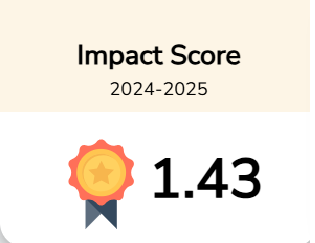Unpacking cyberbullying: The influence of age, gender, and social media addiction
Downloads
Purpose: The quantitative study was aimed at examining the implications of age, gender, and social media addition on cyberbullying among senior secondary school pupils in Keffi Nasarawa State, Nigeria.
Design/Methodology/Approach: The study adopted survey design of the ex post facto type. The study selected a sample size of 373 students to participate. Two instruments were used to collect data: the Cyberbullying Questionnaire and Bergen Social Networking Addiction Scale. The multiple linear regression statistics were used to analyse the hypotheses in the study.
Findings: Results reveal that there was a significant relationship between age and cyberbullying among senior secondary students. Also, there was a significant relationship between gender and cyberbullying among senior secondary school student’s in Keffi Nasarawa State, Nigeria. However, there was no significant relationship between social media and cyberbullying among senior secondary school students in Keffi Nasarawa State, Nigeria.
Conclusion: The study concluded that age and gender are significantly correlated with cyberbullying among senior secondary school pupils, while social media addiction was not significantly correlated with cyberbullying among senior secondary school pupils in Keffi Nasarawa State, Nigeria. The researchers recognize the need for adopting a policy that would avoid the frequent occurrence of cyberbullying activities, since if a victim feels terrified and isolated among his/her colleagues, he/she may begin to acquire negative ideas, which will then damage his/her performance. Cyberbullying happens often in schools; administrators should take appropriate measures against the perpetrator(s).





